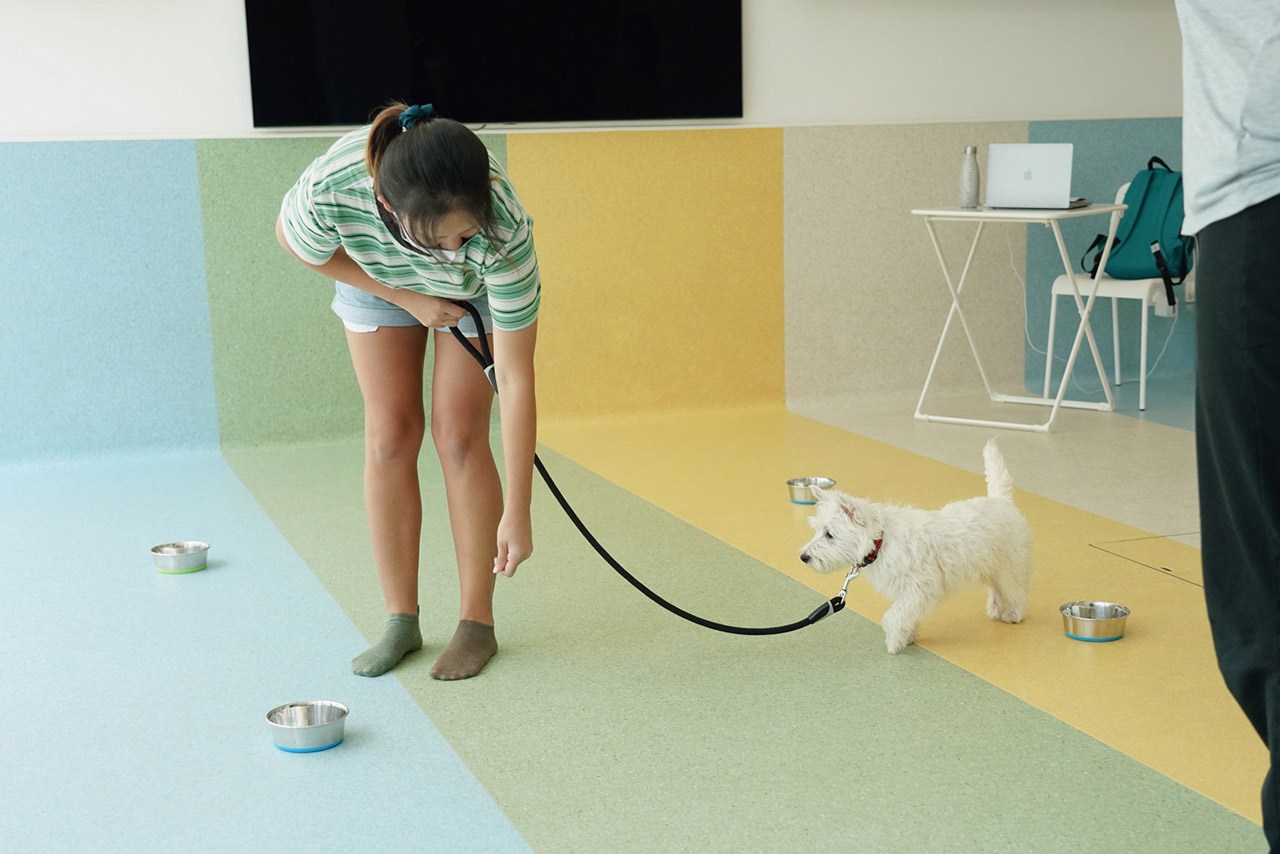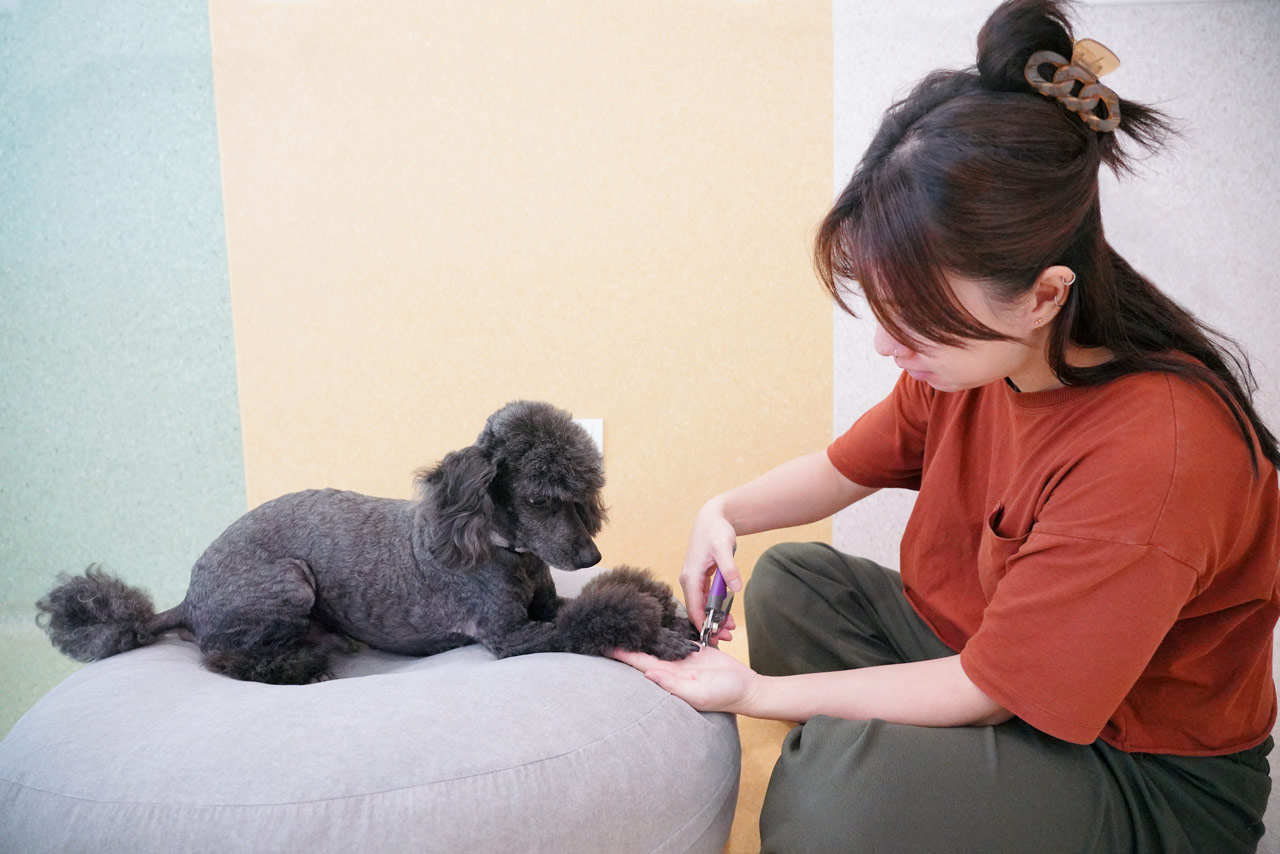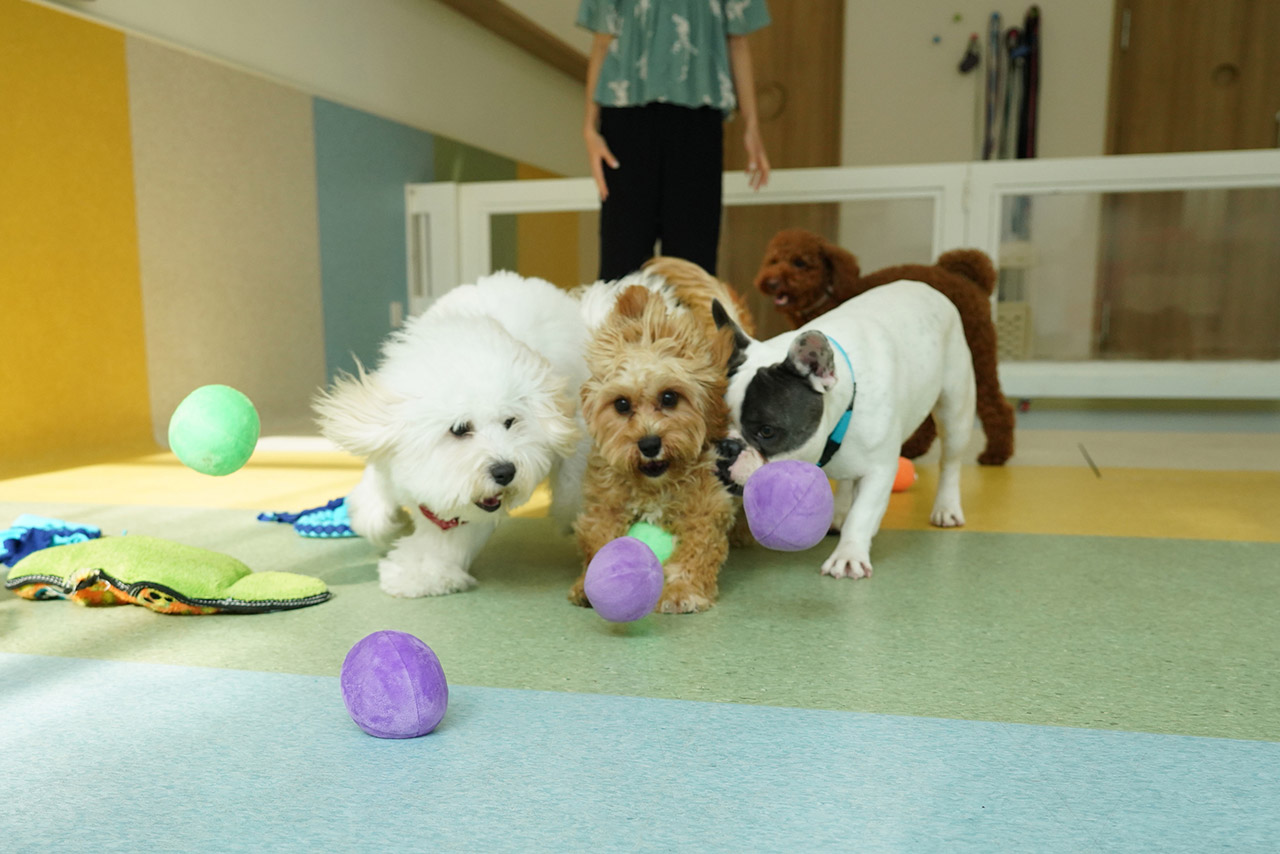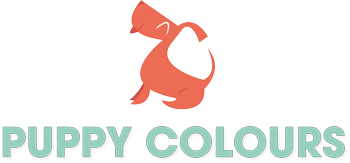Teaching Calm: How to Settle
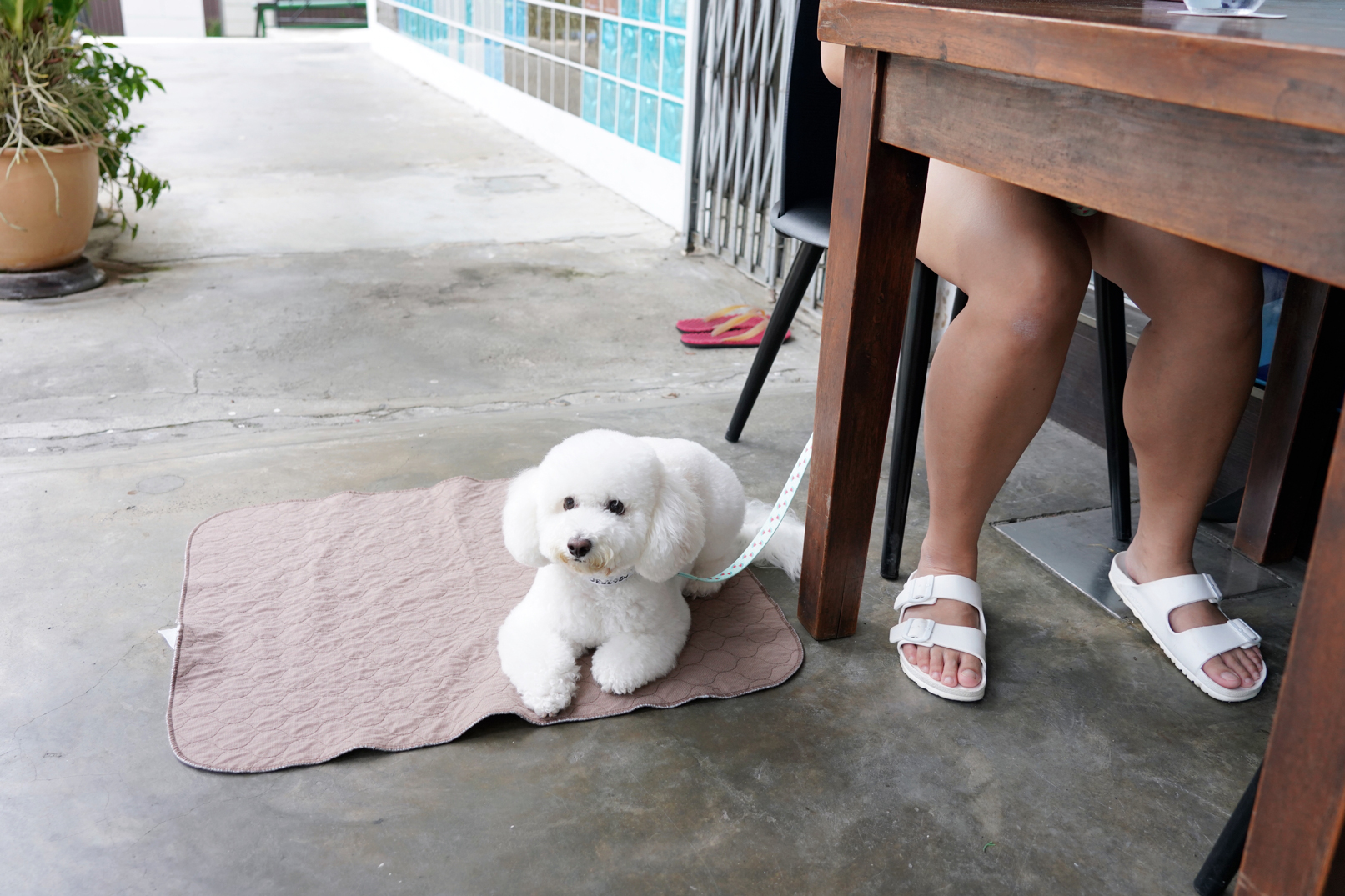
About Teaching Calm: How to Settle
Being able to settle on a mat is a very versatile skill that can be used to promote calmness and as an alternate way for your dog to redirect their energy.
With their mat, you can ask for them to settle while you get chores done, or during mealtimes, or when you have guests over, or when you’re bringing them to somewhere new. This skill also teaches them that the mat is their safe space, while allows them to relax.
As long as you have their mat, you can ask for them to settle on it!
Class information
Schedule
- Three group lessons @ one hour per session.
- The first two classes will be conducted in-campus, and the last will held outdoors.
Day & time
Available trainer: Izzy Gärdin
- 12 March 2024 — 2.30 PM @ Newton campus
- 19 March 2024 — 2.30 PM @ Newton campus
- 26 March 2024 — 11.00 AM @ Bishan Park
Age eligibility
- Any age, as long as your dog knows the following foundational cues:
- Down, and some level of being able to go to mat.
Class size
- Two to four dogs per class.
- One trainer is assigned to every two dogs!
Campus location
- Newton Campus — 182 Bukit Timah Road; or
- Namly Campus — 78 Namly Place
Price
- 3 one-hour lessons — S$327
More about Teaching Calm: How to Settle
What will your dog and you learn?
As a risk-management strategy, you will learn how to look and discern the situation around you and what could happen when you’re out with your dog.
As the intensity of each situation differs, you will be also learn how much guidance to provide your dog.
With this, you’ll be able to anticipate and manage problems with a level mind, instead of doing damage-control after.
Since every dog have different preferences, finding what your dog likes is the first step. Understanding what motivates your dog is key to helping them learn faster and improve behaviour, all while keeping them engaged and interested during training.
Your dog will learn how to:
🐾 Go to mat with duration and distance; and
🐾 Settling with distraction.
You will also learn how to solve problems and prepare for the outdoor class in the last session.
With consistent practise, you can eventually help your dog form a habit of settling when they see certain environmental cues together.
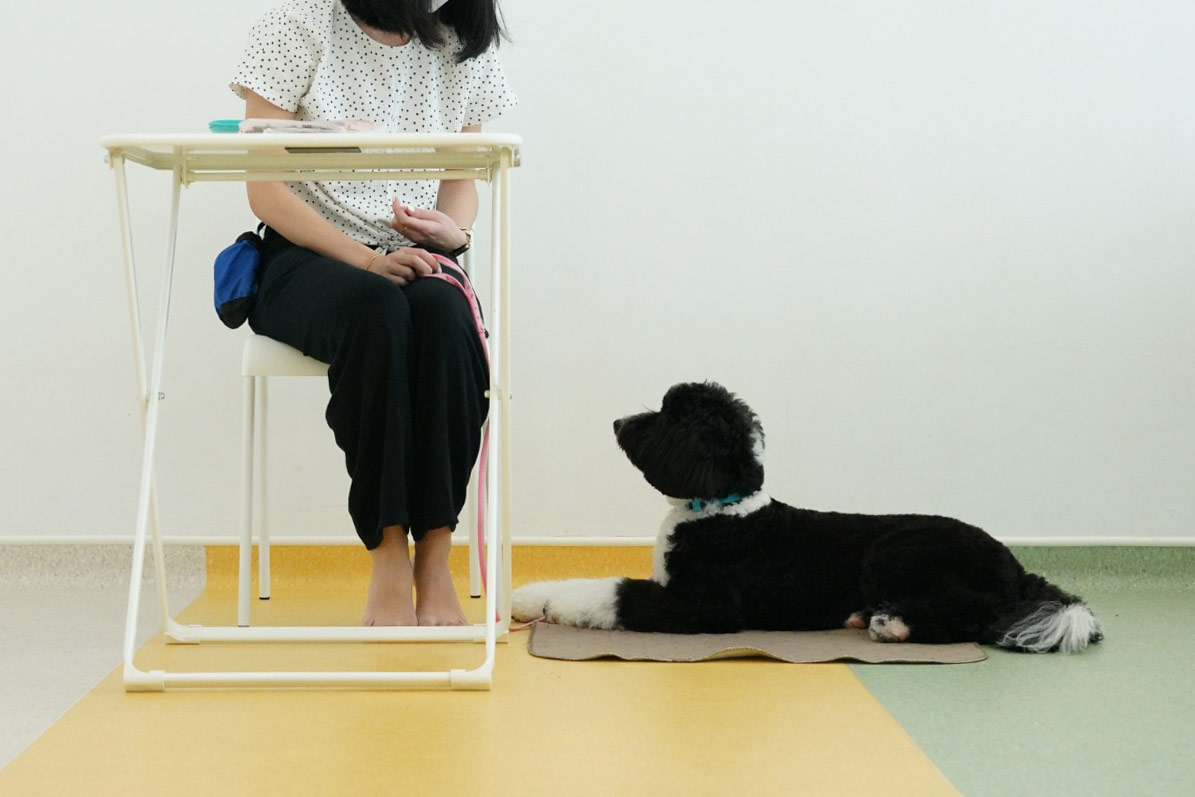
Being able to calmly settle on a mat will allow your dog to relax and settle just about anywhere, as long as they have their mat!
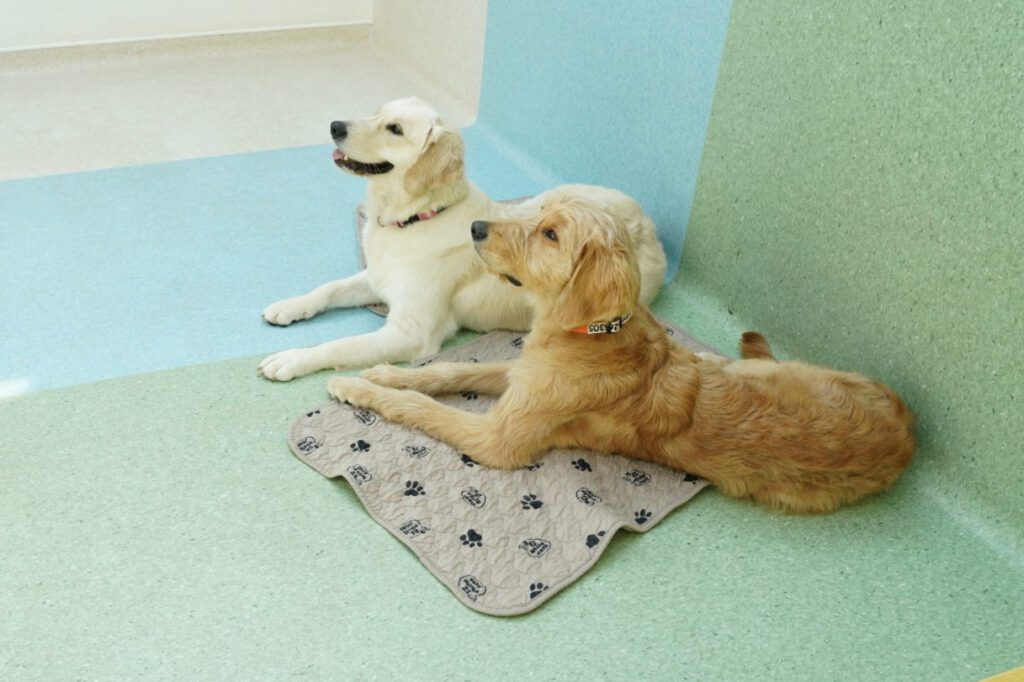
What's Teaching Calm: How to Settle about?
Whether you bring your dog out often or not, teaching your dog to settle on a mat gives them a safe space where they can lie on quietly and confidently. It gives them something to do, as well as the knowledge that only good and rewarding things will come when they're on their mat.
In Teaching Calm: How to Settle, you will learn how to develop situational awareness in regards to your dog. Being able to read the situation correctly can help you make effective decisions that will keep both your dog and you safe.
You will also find out what motivates your dog and how you can use them to reinforce the behaviours you want. With both skills, you’ll be able to get your dog to focus better during training and settle on their mat.
As this class focuses on settling on their mat with various distractions, it is recommended to take other topic-based classes to complement the skills they have learnt in this class. If there are other specific areas you wish to work on with your dog, you may take a look at our Puppy Life Skills or Teenage Life Skills private classes, where the training curriculum can be adjusted to meet your needs.
This class is great for anyone, since this is a all-around skill that’s beneficial for dogs of any age. It is also a foundational skill for more advanced training later on, should you choose to further your dog’s training!
Mat training essentially teaches your dog a few things: that their mat is a safe space; it’s a place they can relax on; it gives them a task to complete; and it also promotes independence.
For starters, their mat is somewhere they can go to when you’re cleaning the house, preparing meals, or when you have people over. It is also somewhere they can relax on when they have to go to the vet’s or groomer’s, or if you’re bringing them to a cafe or somewhere new. Or maybe you have an anxious dog — asking them to go to their mat gives them a coping strategy that’s predictable, on top of them knowing that their mat is their safe zone.
Eventually, knowing what their mat gives them allows them to relax and remain calm even when you’re out of sight.
By consistently practising ‘Mat’ with your dog in situations you want them to, they can learn how to settle without their mat over time. The practise teaches them that settling means relaxing, regardless of the environment they’re in. It can also form a habit with environmental cues, such as watching you sit at a chair and table with food outdoors.
Situational awareness
Being situationally aware gives you a major advantage of the environment you’re in, because you’ll be more well-informed and able to make decisions that will keep your dog and you safe. Aside from learning how to discern the situation, you will also learn: the different ways to guide your dog, when to guide your dog, whether to increase or decrease your judgement of the situation, and how to set your dog up for success in different situations.
Understanding motivation and reinforcement
Finding out what motivates your dog makes it easier to keep them engaged or focused on the training session or task at hand. It is paired with a reward to reinforce the desired behaviour you’re teaching your dog.
Go to mat, with duration and distraction
By adding duration and distraction during training, your dog learns to go to their mat regardless of what is happening. This helps to strengthen the efficacy of your cue.
Settling with distractions
Once your dog gets the hang of staying on their mat, we add distractions to fortify their skill. Gradually, they’ll learn that staying on their mat is much more rewarding than anything else around.
Problem solving
Learn how to figure out why your dog is doing what they do from their perspective. This way, you’ll be able to apply the appropriate positive training methods to right the issue.
Preparation for outdoor class
The last class is a field trip where you get to practice what you have learnt in the first two lessons in a controlled environment. Our trainer(s) will guide you along and help you fine tune your skills.
The Teaching Calm: How to Settle group class is designed to teach dogs to settle on their mats with varying durations and distractions.
It is not designed for dogs with existing behaviour issues such as leash reactivity, over-excitement, aggression anxiety, extreme fear or other issues that is beyond the normal dog behaviour. Should there be any existing behaviour issues, please take a look at the classes offered for Behaviour Modification!
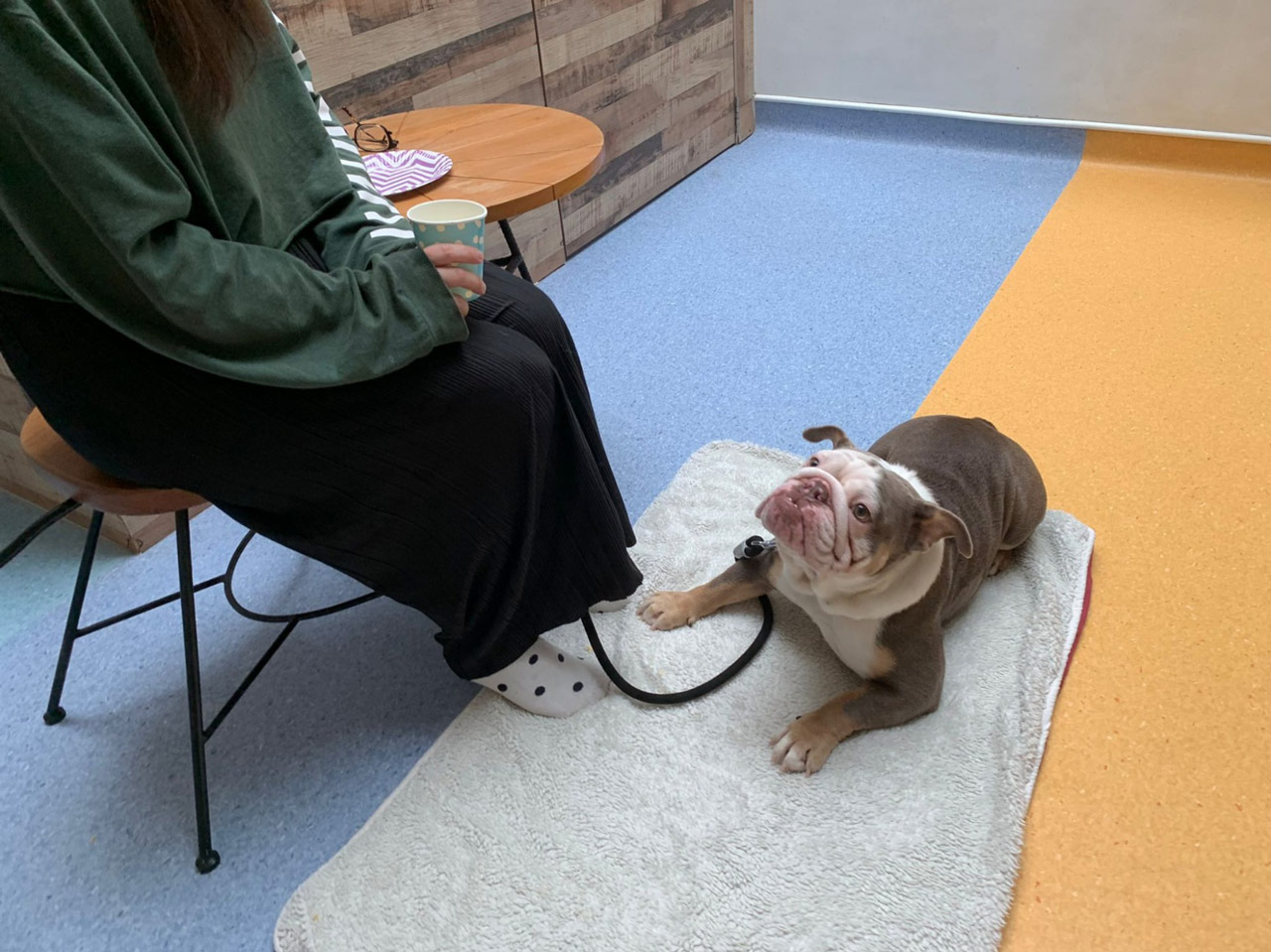
Who can enrol in Teaching Calm: How to Settle?
- Dogs who have completed either Puppy Life Skills or Teenage Life Skills private class.
- Dogs with an understanding of basic cues, such as: down, and some level of being able to go to mat.
- Friendly dogs with updated annual core vaccination (Parvo, Distemper & Adenovirus) or annual titer test (showing immunity on Parvo, Distemper & Adenovirus).
- No serious behavioural issues or leash reactivity.

